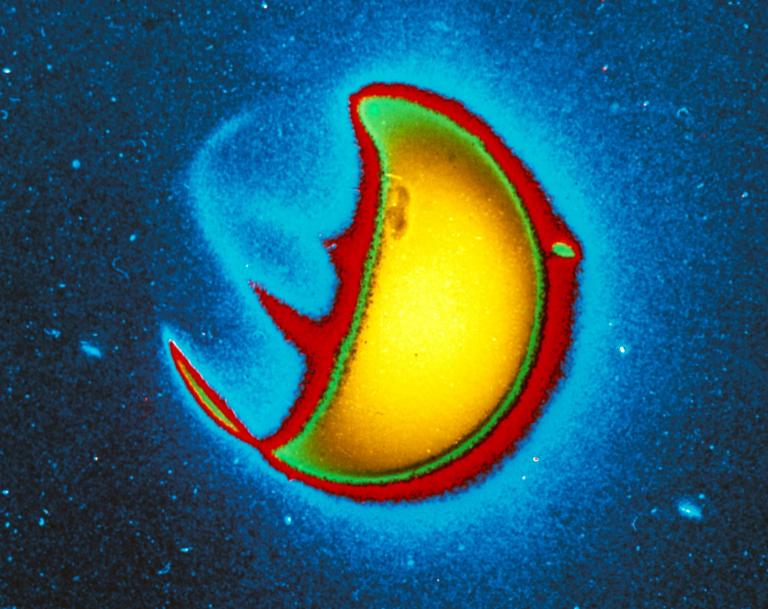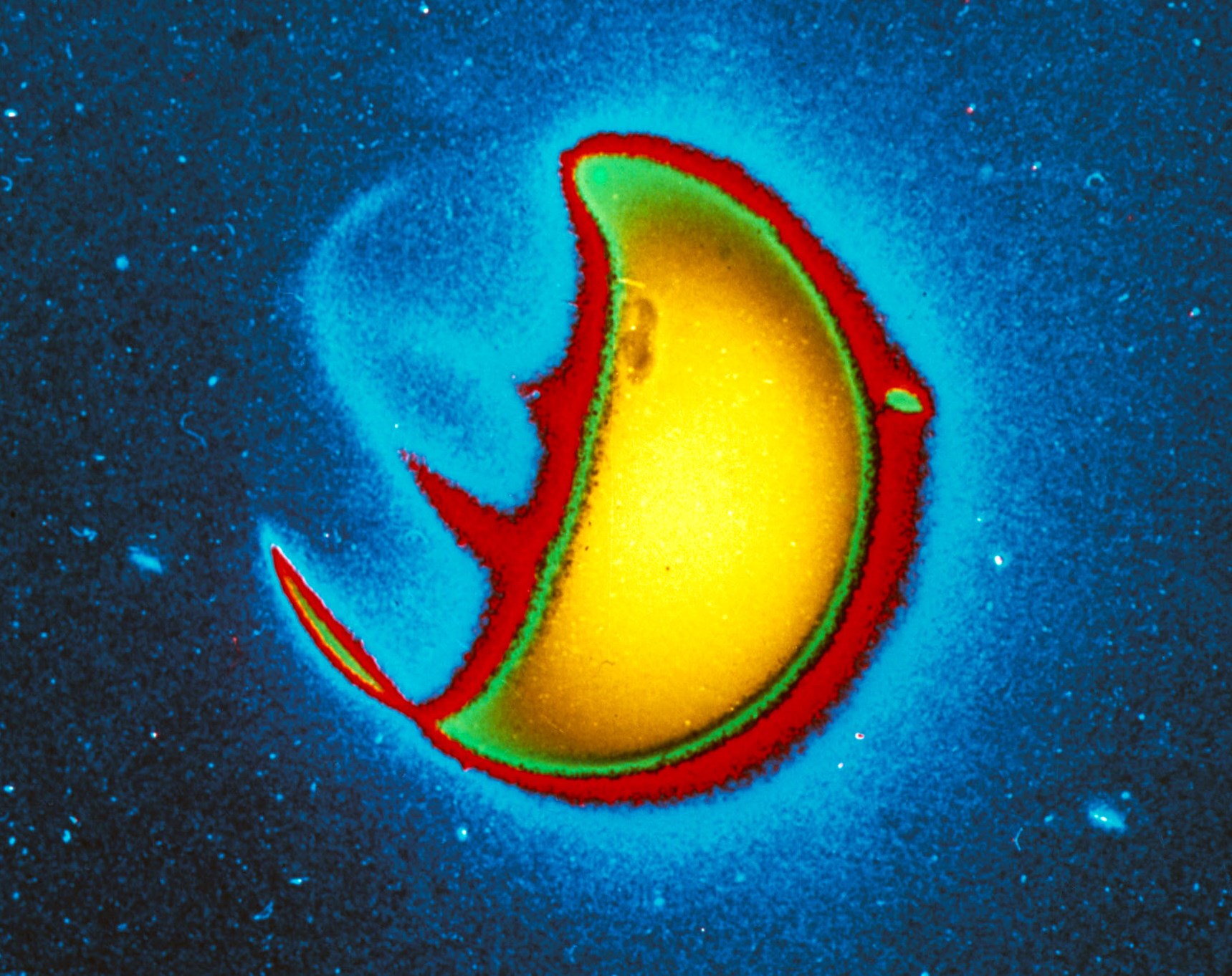 News
NewsOther Earths, other ionospheres...?
Our ionosphere makes our planet distinctive from space – but might an ionosphere also indicate Earth-like planets around other stars? Michael Mendillo ponders this question in the latest issue of A&G.
 News
NewsOur ionosphere makes our planet distinctive from space – but might an ionosphere also indicate Earth-like planets around other stars? Michael Mendillo ponders this question in the latest issue of A&G.

Our ionosphere makes our planet distinctive from space – but might an ionosphere also indicate Earth-like planets around other stars? Michael Mendillo ponders this question in the latest issue of A&G.
Whether there are other planets with life – like or unlike life on Earth – is one of the biggest questions in astronomy, and one that is complicated by the limited information we can observe from planets around other stars. In the February 2019 issue of A&G, Michael Mendillo. suggest a possible approach to answering this question by considering ionospheres as potential biomarkers.
Earth's ionosphere is the name given to the layers of our atmosphere rich in in ions. The image shows ionised atomic oxygen and molecular nitrogen, glowing in the far ultraviolet. They owe their existence to uv and x-rays from the Sun, and their persistence to the balance between irradiation and chemical reactions in the atmosphere that destroy them. It is the existence of oxygen ions that indicates that an ionosphere dominated by atomic oxygen atoms layers may be a biomarker: Earth has life, oxygen and atomic oxygen atoms in its ionosphere. Read more about the interaction between physics and chemistry – and possibly life – in Mendillo's thought-provoking article.
If you would like to submit an article to A&G Forum then please go here.